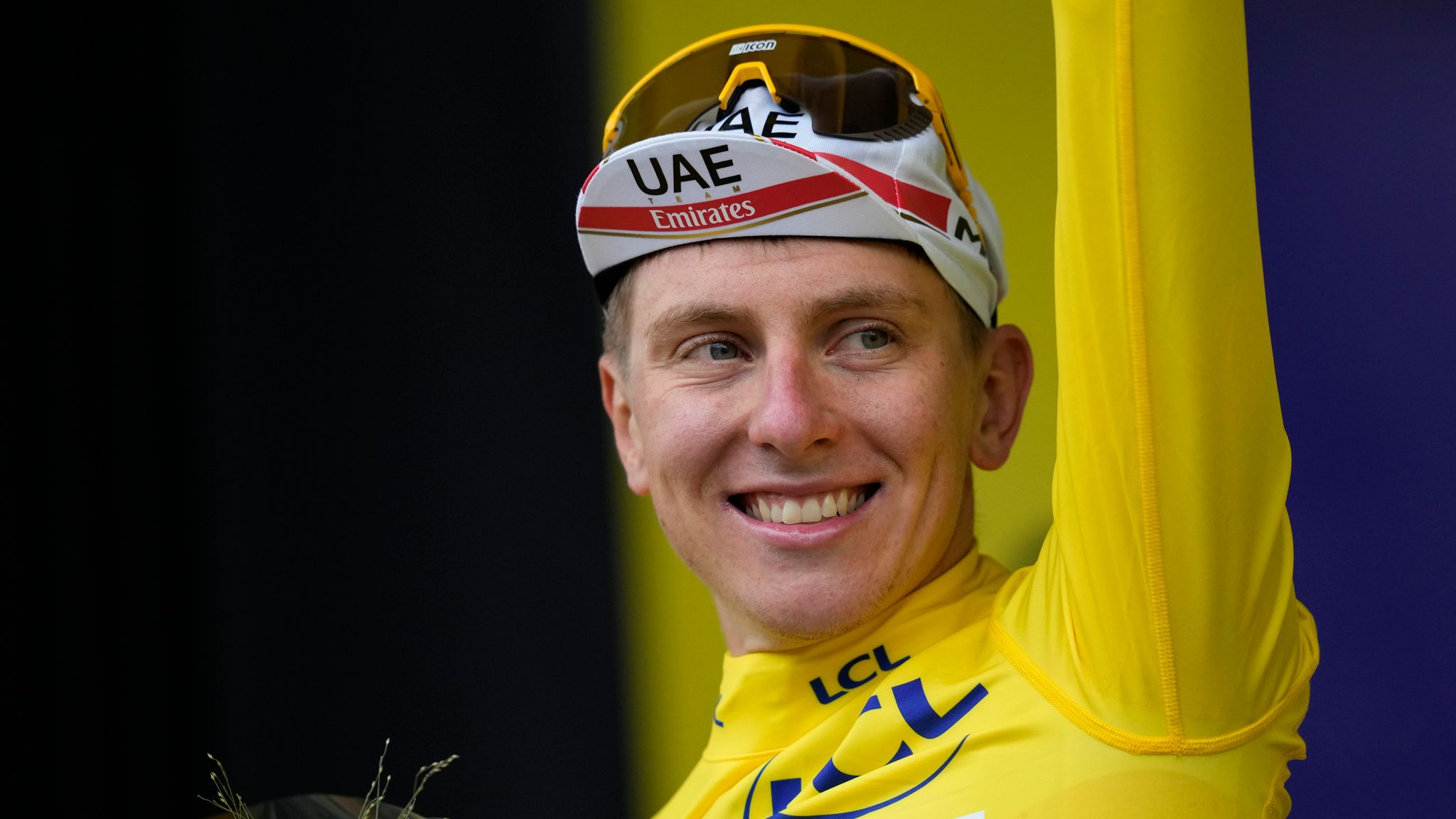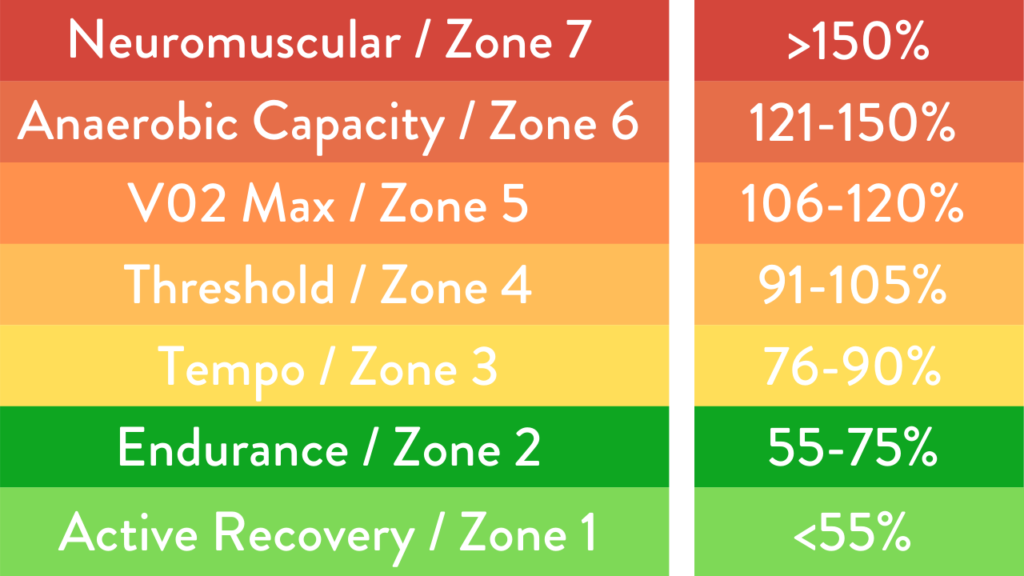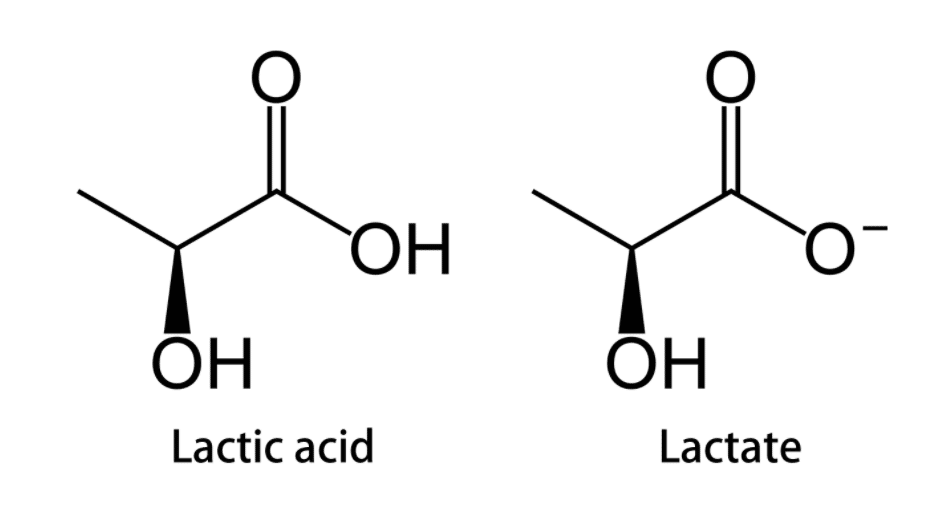Training for Longevity: VO2 Max and Zone 2 Training
“Exercise is the most potent drug to increase your health span.” - Dr. Peter Attia
Table of Contents:
- Introduction
- The Science Behind Exercise and Longevity
- Athlete Spotlight: Delving into Performance Metrics
- Exercise and Training: The Science and the Strategy
- Workout Schedules: Dr. Attia's Workout Blueprint
Deeper Dive into the Science:
- Lactate and Metabolism: More Than Just Chemistry
- Mitochondria: The Cellular Powerhouses
- Research and Publications: Where Science Meets Practice
Introduction:
My journey into surgical training serendipitously intersected with a passion for cycling, leading me to the profound nuances of cardiovascular health and longevity. This wasn't merely about physical exertion; it was a revelation that deepened when I encountered the insights of Dr. Iñigo San-Millán on VO2 max and Zone 2.
Dr. Peter Attia, a renowned physician specializing in the applied science of longevity, further illuminated this path. A guiding light for many in their quest for a longer, healthier life, Dr. Attia has assisted celebrities like Chris Hemsworth and has been a notable presence on podcasts with Tim Ferris, Andrew Huberman, and Rich Roll. His insights into fitness and longevity are sought after by many and have been instrumental in shaping my holistic perspective.
As a cosmetic surgeon, I've come to appreciate the symbiotic relationship between cosmetic enhancement, overall wellness, and the quest for longevity. They aren't disparate pursuits but rather facets of a comprehensive approach to health. Occasionally, pre-surgical evaluations bring to light unforeseen lab or EKG anomalies. These revelations not only refine our surgical strategy but also offer a pivotal moment to positively influence a patient's broader health journey. In addressing these, we're not just facilitating successful surgeries but charting a course for our patients towards a more enriched, longer life.
The Science Behind Exercise and Longevity:
According to Dr. Attia, certain habits can drastically affect our lifespan:
| Factor | Impact on Risk of Death |
|---|---|
| Smoking and diabetes | Increase risk by 2-3 times |
| Improving cardiorespiratory fitness | Reduce risk by 5 times |
| Increasing strength | Reduce risk by 3 times |
Athlete Spotlight: Delving into Performance Metrics

- Tadej Pogačar's Rise in Cycling: Tadej Pogačar's journey in professional cycling has been remarkable. Joining the UAE team in 2018 when he was only 19, he quickly showed his incredible skills. One of his standout qualities is his body's ability to recover quickly during intense rides. With dedicated training, Pogačar has set himself apart from other cyclists. His natural talent and hard work have won him many awards, including top honors in the Tour de France, making him a standout figure in the sport.
- Understanding Cycling Performance: Professional cycling is all about understanding your body's limits and how to push them. Top cyclists, like Pogačar, are great at managing their energy during races. When they ride harder, their bodies need more oxygen. The best cyclists can keep up their energy levels for longer because their bodies are efficient at using oxygen. Pogačar's body, for example, is especially good at this, which gives him an advantage. Knowing these details helps cyclists plan their races to make the most of their strengths.
-
Tadej Pogačar’s Strategy in the Tour de France: Pogačar's way of racing in the Tour de France shows he's not just physically gifted but also a smart racer. He knows how to adjust to different race situations. Winning multiple awards at such a young age proves his strategic skills. His achievements in the Tour de France have made him a big name in cycling and have reignited a worldwide interest in the sport. Everyone is excited to see what he'll do next in his promising career.
.
Exercise and Training: The Science and the Strategy

- What are Zones and FTP (Functional Threshold Power): In the world of endurance sports, training zones and FTP are crucial concepts. FTP represents the highest power level an athlete can maintain for an hour without fatiguing. It's a benchmark for assessing performance and determining training zones. These zones, ranging from Zone 1 (easiest) to Zone 7 (hardest), guide athletes in tailoring their workouts to achieve specific physiological adaptations.
- Endurance Training (Zone 2): As we dive deeper into athletic performance, "Zone 2" stands out as a key area. It's more than just a training level; it's where the body efficiently uses fat for energy. In Zone 2, athletes activate specific energy systems that optimize fat burning. This is the zone where the body mainly uses type 1 muscle fibers, drawing on stored fat for energy and ensuring efficient energy production.
- VO2 Max (Zone 5): For those aiming for the pinnacle of performance, Zone 5 is the challenge. This is where athletes truly test their limits, using methods like the four by four protocol to boost their VO2 Max. These high-intensity bursts, followed by recovery periods, aim to increase both aerobic and anaerobic capacities, offering a comprehensive approach to training.
- High-Intensity Training: Not Just for the Young:
- Age doesn't restrict high-intensity training, and this is largely due to how training zones are calculated. These zones are tailored to each individual's fitness level, ensuring that the intensity is appropriate for their capabilities.
- Especially as we age, it's crucial to challenge the body, but maintaining equilibrium between intensity and recovery is paramount.
- Integrating high-intensity sessions with sustainable training techniques ensures enduring benefits for both performance and overall well-being.
Workout Schedules: Dr. Attia's Workout Blueprint
- Zone 2 & Aerobic Proficiency: Zone 2 emphasizes maintaining lactate under two millimoles. A lactate meter can measure this, but a conversational pace during workouts is a reliable gauge. Dr. Attia advises 45 minutes of Zone 2 training at least four times weekly. Zone 2 isn't merely about cardiovascular health. It's about enhancing our cellular powerhouses: the mitochondria. This training zone boosts mitochondrial function, a key player in energy generation.
- Anaerobic Peak (Zone 5/VO2 max): This training maximizes your aerobic "engine." Those in the top 2.5% of VO2 max for their age are significantly healthier. Dr. Attia recommends a weekly session, either as a one-minute burst followed by three minutes of Zone 2 or four minutes of high intensity with four minutes of rest.
- Strength: Essential for longevity, with a focus on grip strength, squats, and deadlifts. Dr. Attia suggests four weekly sessions, each 40-60 minutes.
- Stability: A cornerstone of fitness, covering flexibility and mobility. Think of it as akin to yoga or Pilates, integrated throughout the week.
Beginner:
| Day | Cycling | Weight Training | Stability |
|---|---|---|---|
| Monday | Zone 2 Cycling (30 mins) | Full Body (30 mins) | Yoga/Pilates (20 mins) |
| Tuesday | Rest | Rest | Yoga/Pilates (20 mins) |
| Wednesday | Zone 2 Cycling (30 mins) | Full Body (30 mins) | Yoga/Pilates (20 mins) |
| Thursday | Rest | Rest | Yoga/Pilates (20 mins) |
| Friday | Zone 2 Cycling (30 mins) | Full Body (30 mins) | Yoga/Pilates (20 mins) |
| Saturday | Rest | Rest | Yoga/Pilates (20 mins) |
| Sunday | Rest | Rest | Rest |
Intermediate:
| Day | Cycling | Weight Training | Stability |
|---|---|---|---|
| Monday | Zone 2 Cycling (45 mins) | Upper Body (40 mins) | Yoga/Pilates (20 mins) |
| Tuesday | High-Intensity Interval Training (VO2) (20 mins) | Lower Body (40 mins) | Yoga/Pilates (20 mins) |
| Wednesday | Zone 2 Cycling (45 mins) | Upper Body (40 mins) | Yoga/Pilates (20 mins) |
| Thursday | Rest | Rest | Yoga/Pilates (20 mins) |
| Friday | Zone 2 Cycling (45 mins) | Lower Body (40 mins) | Yoga/Pilates (20 mins) |
| Saturday | High-Intensity Interval Training (VO2) (20 mins) | Core and Flexibility (40 mins) | Yoga/Pilates (20 mins) |
| Sunday | Rest | Rest | Rest |
Advanced:
| Day | Cycling | Weight Training | Stability |
|---|---|---|---|
| Monday | Zone 2 Cycling (1 hr) | Upper Body (45 mins) | Yoga/Pilates (30 mins) |
| Tuesday | High-Intensity Interval Training (VO2) (30 mins) | Lower Body (45 mins) | Yoga/Pilates (30 mins) |
| Wednesday | Zone 2 Cycling (1 hr) | Upper Body (45 mins) | Yoga/Pilates (30 mins) |
| Thursday | High-Intensity Interval Training (VO2) (30 mins) | Lower Body (45 mins) | Yoga/Pilates (30 mins) |
| Friday | Zone 2 Cycling (1 hr) | Core and Flexibility (45 mins) | Yoga/Pilates (30 mins) |
| Saturday | High-Intensity Interval Training (VO2) (30 mins) | Full Body (1 hr) | Yoga/Pilates (30 mins) |
| Sunday | Rest | Rest | Rest |
Note: If doing VO2 Max work on the same day as Zone 2 work, make sure to do Zone 2 first as lactate inhibits lipolysis.
Lactate and Metabolism: More Than Just Chemistry

-
The Energy Dance and Lactate's Surprising Role
Our cells have a special recipe called glycolysis that turns sugar (glucose) into energy (pyruvate). It's a bit like a dance showing how sugar becomes energy with some special moves from partners like pyruvate and lactate. Now, for a long time, many thought lactate was just the leftovers from this energy dance, but it's so much more. Think of lactate as a backup battery that kicks in when cells run low on oxygen, keeping them powered up. But the surprises don't stop there. Recent studies have shown that lactate plays a starring role in our body's energy production, even helping to create more sugar when needed. And for some, like the top athlete Tadej Pogačar, their bodies have mastered the lactate dance to perfection. His unique ability to use lactate efficiently, combined with his rigorous training, gives him a significant edge on the competition.

- Striking the Right Balance: Achieving an optimal balance between lactate production and fat oxidation is paramount for athletic performance. This balance ensures that athletes can sustain high-intensity efforts without succumbing to fatigue, underscoring the importance of metabolic flexibility.
Mitochondria: The Cellular Powerhouses

- The Heart of Cellular Energy: Step into the world of mitochondria, the cellular power plants that convert our food into energy. These organelles are responsible for ATP production, the primary energy currency of the cell. Their role in cellular respiration and energy production is paramount, ensuring that our cells function optimally.
- When Mitochondria Face Challenges: What happens when our cellular power plants need maintenance? Mitochondrial dysfunction can lead to a host of health issues, from fatigue to chronic diseases. Understanding the factors that impact mitochondrial health is crucial for both athletic performance and overall well-being.
- Defending Against Cellular Invaders: Learn about the threats our cells face from viruses and bacteria, and their impact on mitochondrial function. These invaders can compromise cellular energy production, highlighting the importance of a robust immune response.
- Chasing the Fountain of Youth: Could the secret to graceful aging lie in our mitochondria? Research suggests that mitochondrial health plays a pivotal role in the aging process. Zone 2 workouts, known for their ability to stimulate mitochondrial biogenesis, might hold the key to longevity and vitality.
Research and Publications: Where Science Meets Practice
- Race Strategy and Endurance: The art of endurance racing is a delicate balance of strategy and physical prowess. Teddy, an exemplary athlete, showcases this balance with finesse. His approach to racing is not just about speed but understanding the terrain, his body's response to the exertion, and the competitors around him. By analyzing his heart rate, power output, and lactate thresholds, we can glean insights into how Teddy optimizes his performance for long-duration races.
-
Publication on Fat Oxidation: The interplay between lactate levels, fat oxidation, and Zone 2 exercise is a topic of significant research. Recent publications have shed light on this intricate relationship:
- Understanding the factors that affect maximal fat oxidation: This study delves into the various factors that influence how our bodies maximize fat oxidation during exercise.
- The relevance of increased fat oxidation for body-weight: An exploration of how increased fat oxidation can influence body weight, providing insights into weight management strategies.
- Optimizing fat oxidation through exercise and diet: A comprehensive guide on how diet and exercise regimens can be tailored to enhance fat oxidation rates, promoting better health and athletic performance.
- Assessment of maximal fat oxidation during exercise: A systematic review: A review of methodologies and findings related to assessing fat oxidation during physical activity.
- Cancer Metabolism: The role of lactate in cancer cells is a burgeoning area of research. Historically viewed as a mere byproduct of cellular metabolism, lactate is now understood to play a pivotal role in cancer cell proliferation and metastasis. The acidic tumor microenvironment, enriched with lactate, is associated with aggressive cancer phenotypes. Furthermore, the glycolytic nature of many tumors, characterized by high lactate production, underscores the importance of understanding lactate's role in cancer metabolism. Current research is investigating the potential therapeutic implications of targeting lactate production and its associated pathways in cancer treatment.
Content sourced from the YouTube video: 201 - Deep dive back into Zone 2 Training | Iñigo San-Millán, Ph.D. & Peter Attia, M.D.




